
Resurgence of Sanamahism: A Journey of Identity Reclamation
In the heart of the Kangleipak and Meitei people, where the rhythms of tradition once danced freely under the embrace of Sanamahism, a profound transformation swept through the land. It wasn't the force of conquest or the tyranny of oppression that severed the ties between the Meitei people and their ancient faith; rather, it was the gradual embrace of another creed that slowly eclipsed the vibrant tapestry of Sanamahism with the cloak of Vaishnavism.
For centuries, the Meitei people thrived under the benevolent gaze of Lainingthou Sanamahi, the guardian deity who watched over their land and souls. But the winds of change blew from distant lands, carrying with them the seeds of a foreign belief. In the late 15th century, the arrival of Vaishnavism marked the beginning of a subtle yet seismic shift in the spiritual landscape of Manipur.
Under the reign of King Kyamba, the first stone of divergence was laid as a gift from the king of Pong (now in Myanmar), a small image of Lord Vishnu, found its home in Bishnupur. With each passing century, waves of Vaishnavite monks and refugees sought sanctuary in Manipur, seeking solace from the storms of persecution raging elsewhere.
It was a gradual assimilation, not coercion, that led to the eclipse of Sanamahism. Kings embraced new faiths, temples rose in homage to foreign gods, and the scriptures of old were rewritten in unfamiliar scripts. Slowly but steadily, the contours of Meitei's identity began to blur under the shadow of a borrowed creed.
Yet, amidst the currents of change, there remained a flicker of resistance—a whisper of remembrance carried on the lips of those who refused to forget. It was in the depths of the 20th century that a beacon of hope emerged in the form of Laininghan Naoriya Phullo and the Apokpa Marup - a movement not merely religious, but deeply political in nature.
Their aim was not merely to revive a forgotten faith but to reclaim a lost identity. Through activism and advocacy, they sought to breathe life back into the veins of Sanamahism - to resurrect the traditions, customs, and ceremonies that had once defined the essence of Meitei culture.
Their journey was arduous, fraught with challenges and obstacles at every turn. Yet, with unwavering determination and indomitable spirit, they pressed onward. The revival of the Meitei Mayek script was but the first step - a symbolic gesture that heralded the resurgence of a people reclaiming their voice.
Today, amidst the ruins of forgotten temples and the echoes of ancient chants, the spirit of Sanamahism is stirring once more. New temples rise, symbols of a reawakening faith. The seven clans stand united, their identity restored, their heritage reclaimed.
In the shadow of Kangla Fort, where the Meitei people once knelt in reverence to their gods, new temples stand - a testament to the resilience of a people who refused to be forgotten. The journey of Sanamahism is far from over, but with each step forward, we, the Meitei people reclaim a piece of our past, forging a path towards a future shaped by the echoes of tradition and the whispers of our ancestors.
Disclaimer: The opinions expressed in this article are those of the author's. They do not purport to reflect the opinions or views of The Critical Script or its editor.

Newsletter!!!
Subscribe to our weekly Newsletter and stay tuned.



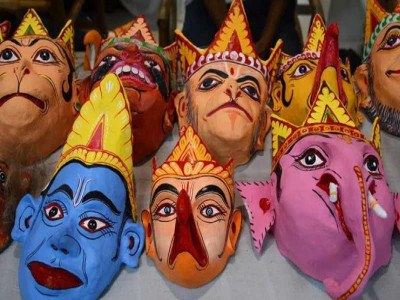
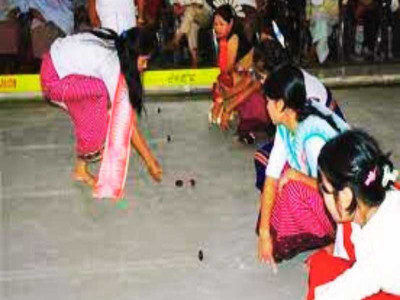
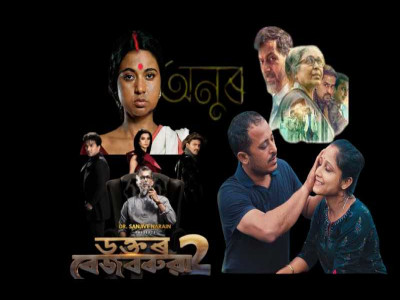
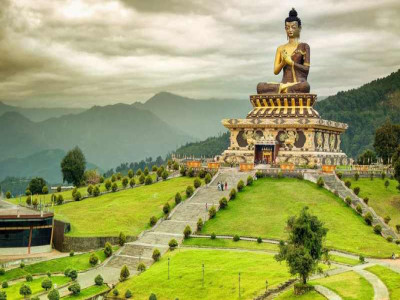
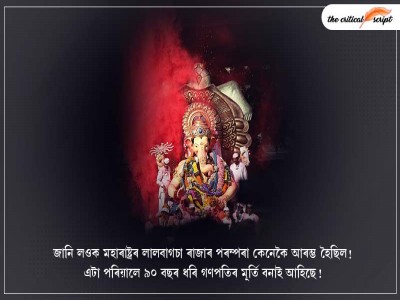









Related Comments